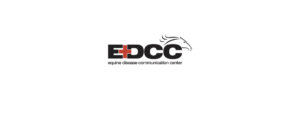By now, everyone in the horse world knows about the EHV-1 outbreak, but here are some words from Dr. Leonard Eldridge, state veterinarian with Washington State Department of Agriculture.
Clinical signs may include: nasal discharge, in-coordination, hind-end weakness, recumbency, lethargy, urine dribbling and diminished tail tone. There is no specific treatment or vaccine for EHV-1.
Immediate separation and isolation of suspected cases and implementation of appropriate biosecurity measures are key elements for disease control.
Biosecurity points: isolate new animals and those returning to home premises, supply clean feed and water, implement infection control practices for visitors/personnel, avoid movement, isolate sick horses, and contact your vet.
If there is a confirmed or suspect case, enforce a “no movement” policy to help stop the spread. No outside horses should come in, and no resident horses should go out, for 28 days after the last fever or case of EHV-1 is identified. Visitors and service people should be limited to only what is absolutely necessary.
EHV-1 is a Notifiable Disease to the Washington State Veterinarian’s office. Any person with confirmation of a case of EHV-1 should call 360-902 1881, 360-902-1835, or 360-902-1878 to report the disease and please leave a message with contact information.
Published July 2011 Issue

The Northwest Horse Source is an independently owned and operated print and online magazine for horse owners and enthusiasts of all breeds and disciplines in the Pacific Northwest. Our contemporary editorial columns are predominantly written by experts in the region, covering the care, training, keeping and enjoyment of horses, with an eye to the specific concerns in our region.







